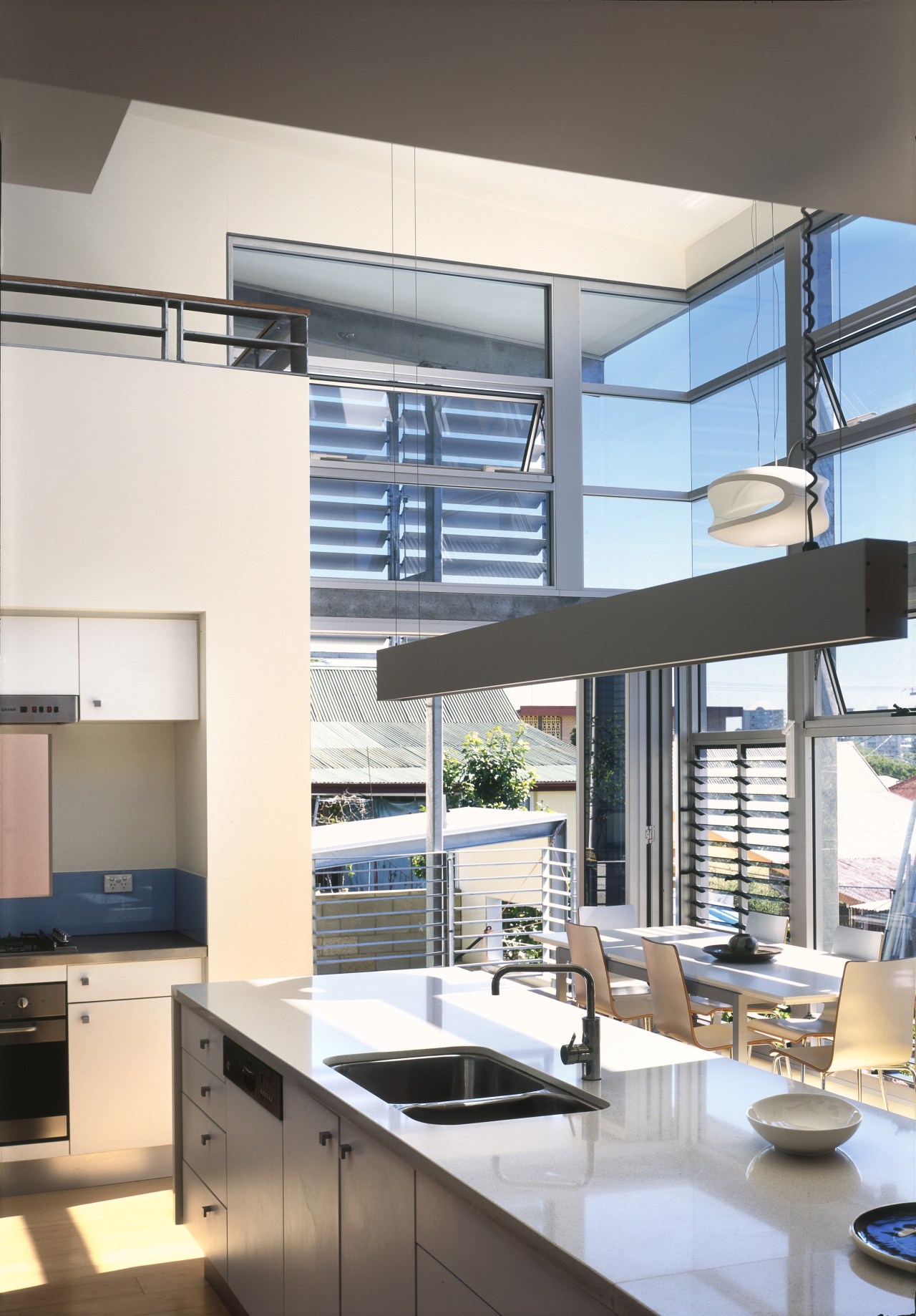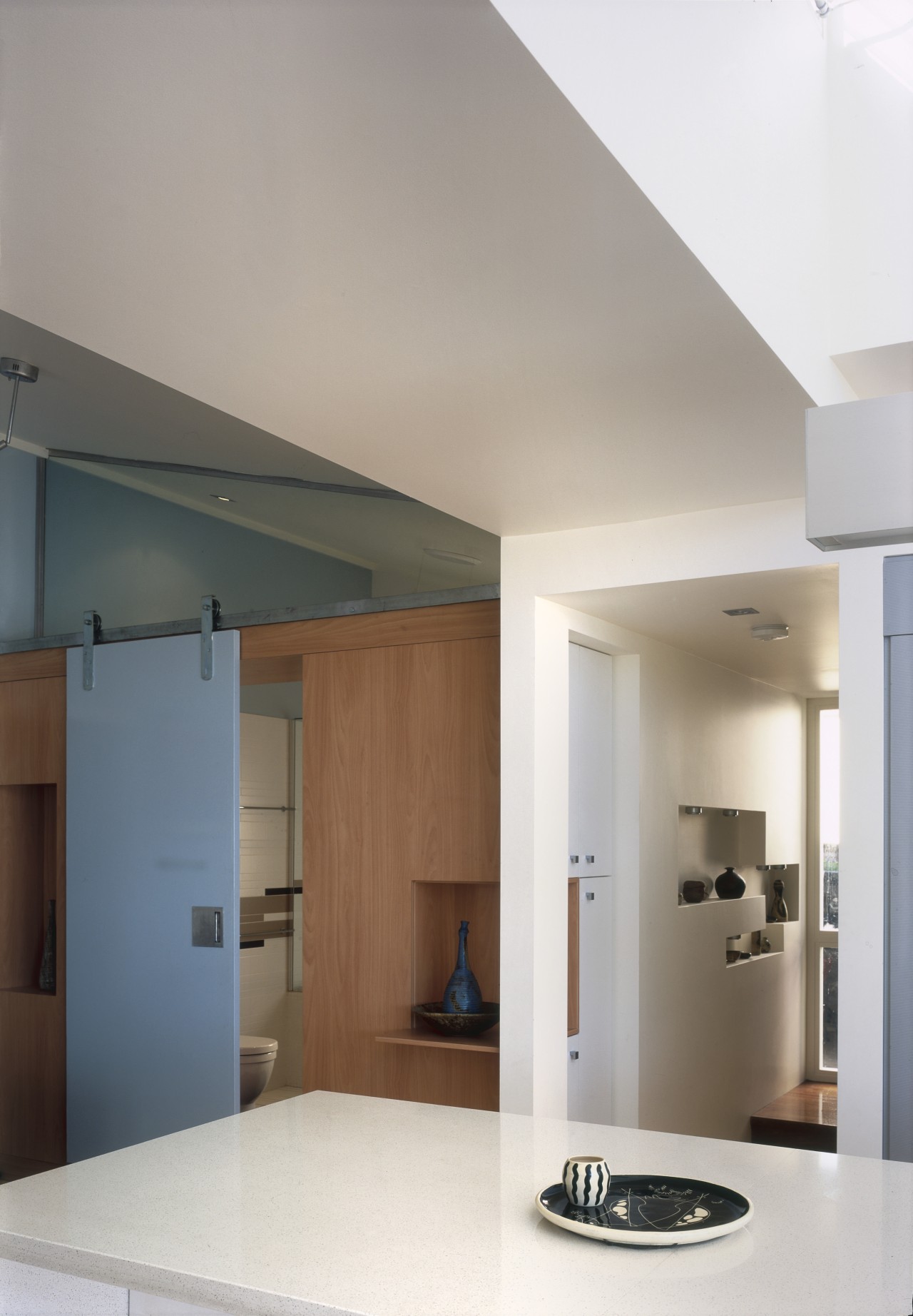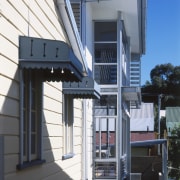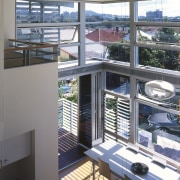Urban update
This contemporary, vertical extension to an early 1900s workers' cottage has created a light-filled family living area and reinvented the traditional back yard

Pockets of housing in a big city invariably take on their own defining characteristics. In Brisbane a subdivision of workers' cottages built in the early 1900s is notable for the small size of the houses and the connected yards that create a green garden strip across the rear of the properties.
But although the West End houses do have a historical significance, most have been extensively altered over the years. And few of the houses open up to the green strip at the rear.
Architectural designer Carroll Go-Sam and partner Dr Paul Memmott, the owners of this remodelled workers' cottage, could see the potential of their 250m² property was not being realised. Consequently, Carroll Go-Sam approached architect Paul Hotston of Phorm Architecture + Design to collaborate on executing her designs for an extension that would open up the house to the garden.
"There were two overriding reasons for the project," says Hotston. "Firstly, there was a reaction to living in the existing low-roofed workers' cottage, and an ill-conceived '80s split-level deck addition. The renovation needed to provide light, space and a sense of proportion and scale. Both Carroll and I also wanted to actively engage the rear of the house with the garden and neighbourhood."

The provision of natural ventilation and passive cooling and heating were other requirements.
The rear of the house now opens to a double-height glass-walled void, which features adjustable louvres and high windows that allow hot air to rise and leave the building. Windows are also positioned to capture prevailing cross breezes.
Similarly, cantilevered eaves are designed to keep the sun out of the living area at key times.
But Go-Sam and Hotston say it is the sense of space and the physical and visual link with the garden and view that has transformed the house.

"The most successful aspect of the project is the sense of freedom and release this room secures for the whole house, despite the limited footprint," says Hotston.
Go-Sam says the new kitchen is the focus of family life just as it would have been in days gone by. A large island that appears to float within the space serves as a food prep area and table.
The refurbished master suite overlooks the kitchen from a mezzanine level. Below the bedroom is a new guest room/family room and laundry.
Credit list
Architect
Roofing
Sunscreens
Flooring
Kitchen cabinetry
Tapware
Story by: Colleen Hawkes
Home kitchen bathroom commercial design
Classic looks, contemporary efficiency
Diving into nature
Personality plus













